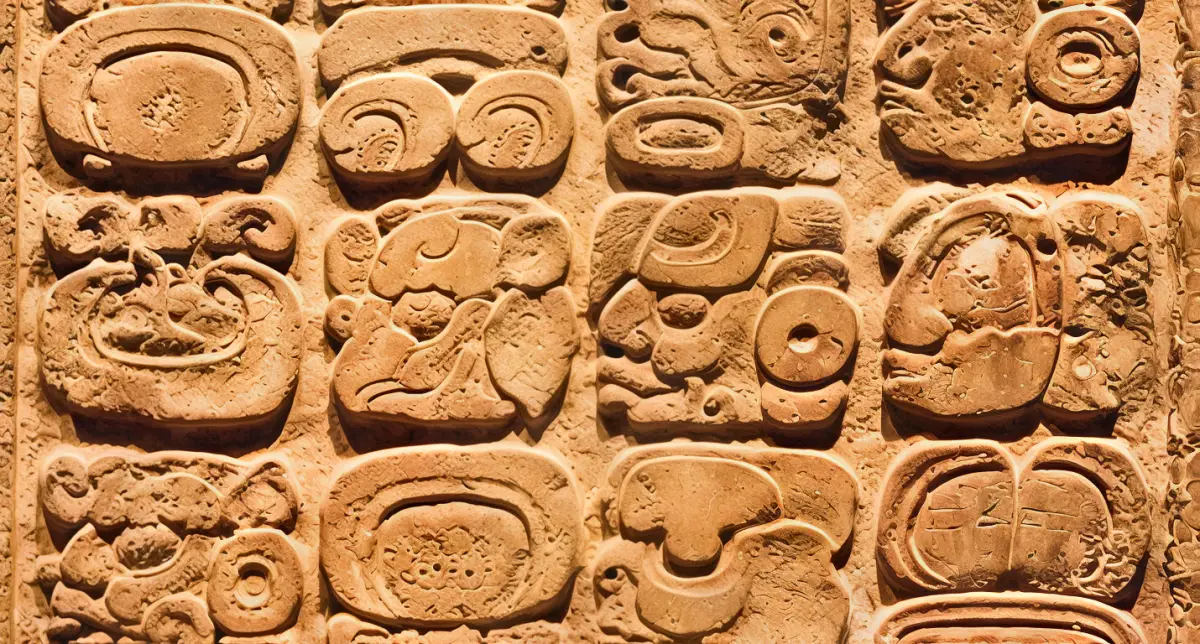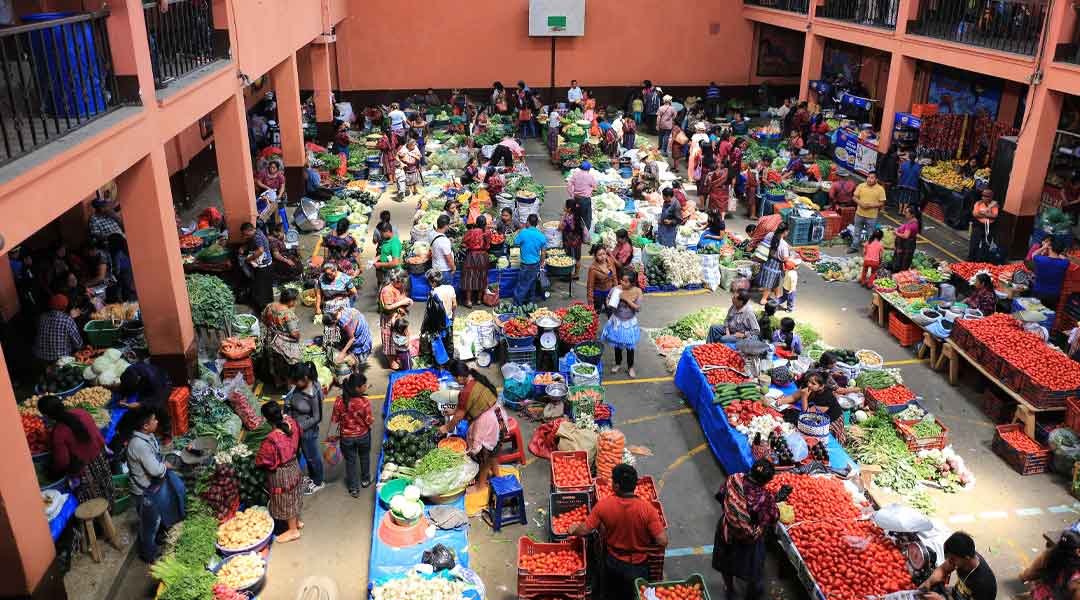 Ceibal, one of the region’s most essential and monumental cities, is located in the Maya lowlands’ tropical rainforest in southern Petén, on the banks of the La Pasión River.
Ceibal, one of the region’s most essential and monumental cities, is located in the Maya lowlands’ tropical rainforest in southern Petén, on the banks of the La Pasión River.
This city was named after the numerous kapok trees found there (called Ceiba in Spanish), and one can still admire the fine and well-preserved temples and stelae at the site.
To get to Ceibal, you can embark on a boat ride through the La Pasión River, peacefully admiring the tranquility and majesty of the Petén rainforest. You could also observe herons, crocodiles, turtles, and even hawks if lucky.
At the site, you’ll find pyramids, ceremonial temples, dwelling complexes, and an Astronomical Observation Complex, also called “Grupo E” (E Group). These are all surrounded by breathtaking rainforests and the singing of birds and howler monkeys.
The main attractions in Ceibal are the five stelae commemorating the end of the Bak’tun 9 and the beginning of the 10th Bak’tun. These five stelae are located in a pyramidal temple (A-3 structure) on the city’s main square, and they are the finest and best preserved from the Late Maya Classic Period (600 – 900 AD). Four of these stelae point towards the cardinal points, and the fifth is in the center, referencing the end of the Bak’tun 9 and the beginning of the Bak’tun 10 (829 AD).
Although this majestic city was occupied nearly 700 years earlier, it flourished during the Late Preclassic Period (350 BC – 250 AD). It then debilitated during the Early Classic Period (735 AD) after the imprisonment of one of its rulers by the neighboring city of Dos Pilas, and it wasn’t until almost 65 years later, with the destruction of Dos Pilas, that Ceibal recovered.
Today, Ceibal is considered an important site in Maya spirituality. Religious ceremonies take place daily in the site’s “Pirámide de las Puertas” (Pyramid of the Doors) and ceremonial temple.
By: Guatemala Tourism Commission






Leave a Reply